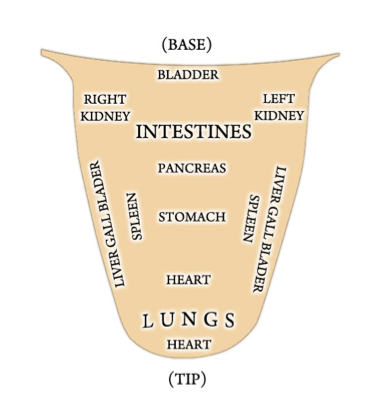Absolutely! There are a variety of things your teeth and gums can reveal, and bone loss is one of them
Picture this: Your teeth have been cleaned, x-rayed and examined. You're ready to schedule your next 6-month check-up and be on your way. But instead, your dentist delivers some surprising news: you may have osteoporosis.
You may think he is kidding, but that's probably not the case. Signs of osteoporosis can often be seen on dental x-rays and exams. Oral health and bone health can be directly related. Your dentist can find possible signs of osteoporosis by examining your jawbone, gums and teeth.
Although your dentist may suspect the disease, an x-ray alone is not enough for a diagnosis. To diagnose osteoporosis, you will need to see a doctor for a bone density test.
Keep Smiling!
